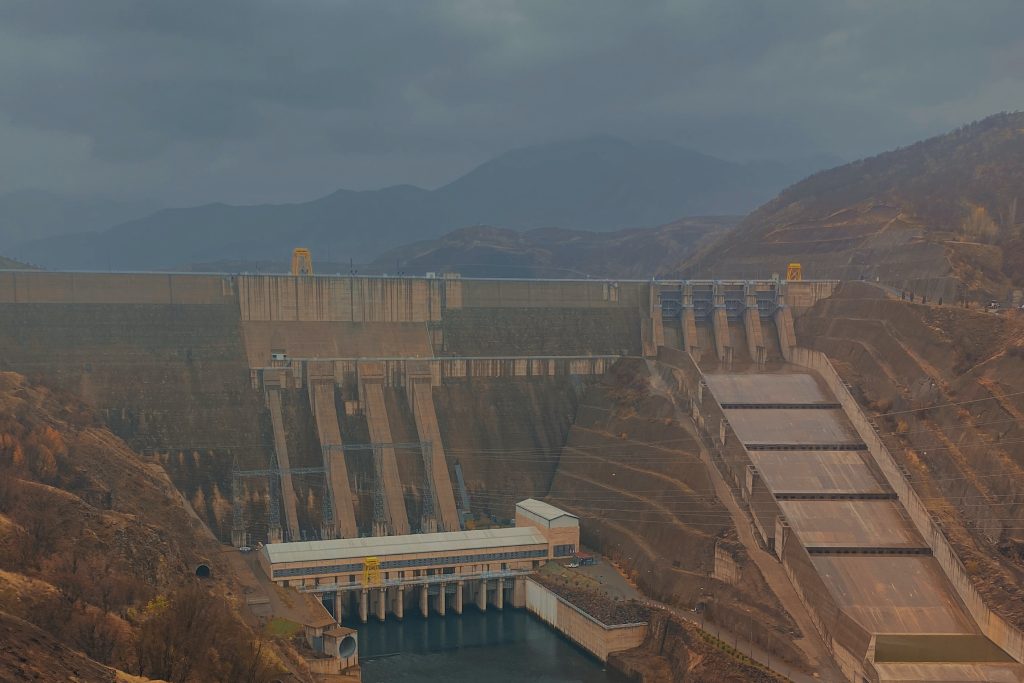Flooding around the dam area can occur due to high rainfall. Therefore, having an effective monitoring system is essential to identify potential hazards and take appropriate countermeasures. Rainfall sensors are a key technology in predicting floods in dams. In this article, we will discuss the important role of rainfall sensors in predicting floods in dams and how the important features of these sensors support the dam monitoring process.
How the Rainfall Sensor Works
The rain sensor on the dam works by measuring the amount of rainfall that falls around the dam area. These sensors generally consist of several components, including a rainwater reservoir, measuring the volume or weight of water, and an electronic device for processing and transmitting data.
Here is a general way of working of a rainfall sensor on a dam:
- Rainwater Collection: The sensor is equipped with a reservoir or container to collect rainwater that falls. This reservoir is designed in such a way that incoming rainwater can be measured with high accuracy.
- Measuring Water Volume or Weight: The sensor is equipped with a measuring volume or weight of water in the reservoir. Some sensors use measurement technology using a moving scale, while others use an electronic balance or other principle to measure the volume or weight of collected water.
- Data Processing Electronics: The sensor is equipped with an electronic device that will process the data obtained from the measurement. This data is usually in the form of volume or weight of rainwater in certain units.
- Data Transmission: The sensor will transmit the processed data to the control center or monitoring station. This can be done via a wired or wireless connection, depending on system design and requirements.
Once the rainfall sensor data is collected at the monitoring station, they can be used to predict potential flood hazards. The data will be analyzed to determine the intensity of rainfall and rain patterns that occur around the dam. This information can help dam managers take appropriate preventative measures, such as regulating water flows or warning local communities about potential flood hazards.

Rainfall Sensors Maintenance and Calibration
To maintain optimal performance, rainfall sensors need to undergo periodic maintenance and calibration. Maintenance involves cleaning the sensor from dirt or dust that could affect measurement accuracy. In addition, sensor calibration needs to be done to ensure the accuracy and reliability of measurement results.
In the calibration process, the rainfall sensor is compared to a trusted reference source, such as a standard rainfall station. This comparison is used to correct sensor measurement results and ensure the accuracy of the resulting data. Regular and accurate calibration is the key to maintaining the performance of the rainfall sensor in measuring rainfall with high precision.
Rainfall sensors play a vital role in increasing the effectiveness of dam monitoring. With its ability to detect flood risk early and provide accurate rainfall data, this sensor is an important tool in predicting and preventing floods in dams. Through proper maintenance and calibration, the rainfall sensor will remain accurate and reliable in providing the required information. The use of this technology allows us to keep the dam safe and protect the surrounding area from potentially damaging floods.
Thus, the rainfall sensor plays an irreplaceable role in predicting dam flooding. With the ability to measure rainfall accurately, important features that support dam monitoring, and proper maintenance, rainfall sensors are important tools for engineers and dam operators to maintain the safety and welfare of the community.
Technological Innovation from Rainfall Sensors
Along with technological developments, rainfall sensors continue to innovate. One of the latest innovations is the smart rainfall sensor which is equipped with advanced features to improve measurement performance and accuracy. This smart sensor utilizes the latest technology, such as the Internet of Things (IoT), which allows sensors to be connected to online network systems.
The smart rainfall sensor is capable of transmitting data in real-time to the monitoring center and can be accessed via mobile devices or the web. This makes it easier for dam operators to monitor rainfall conditions around the dam in real time and make quick decisions based on the information obtained.
In addition, the smart rainfall sensor is also equipped with more sophisticated data analysis capabilities. By using algorithms and artificial intelligence, this sensor can predict weather and rainfall based on historical data and identified patterns. This allows dam operators to obtain more accurate and reliable predictive information in taking effective water management measures.
The Role of the Rainfall Sensors
One of the main advantages of using rainfall sensors in dam monitoring is their ability as part of an early warning system. This sensor can detect spikes in high rainfall and has the potential to cause flooding. By integrating rainfall sensor data into monitoring and early warning systems, dam operators can warn surrounding communities of possible flooding risks.
The information provided by the rainfall sensor is invaluable for local authorities, fire teams and other relevant parties to take the necessary actions. With early warning, communities can take preventive measures, such as early evacuation or flood preparation, in order to reduce the risk of loss of life and material from flooding.
___________________________________
Also read the Indonesian version of the article:
Mengungkap Peran Vital Sensor Curah Hujan dalam Memprediksi Banjir Bendungan

